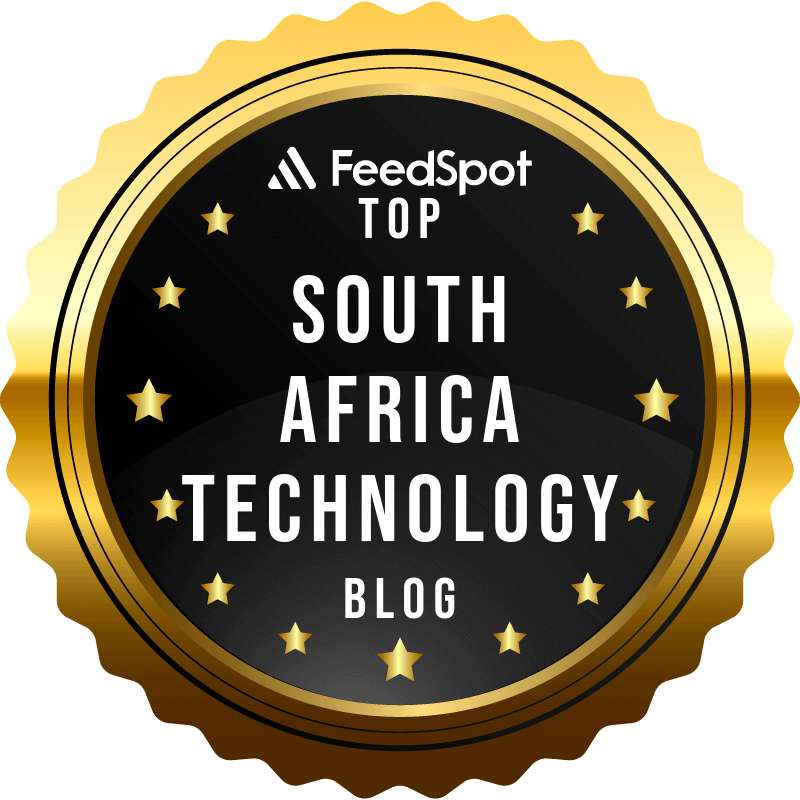OpenAI this week unveiled GPT-5, its most advanced and unified AI model to date. Available today to all 700 million ChatGPT users, GPT-5 marries high-speed response with deep reasoning capabilities previously reserved for specialty models. The launch arrives as the AI sector faces mounting scrutiny over massive infrastructure investments and a need to demonstrate clear returns.
GPT-5 brings together multiple strands of OpenAI research into a single engine:
- Integrated reasoning from the o-series models, enabling complex multi-step logic
- Fast response times inherited from the GPT-series backbone
- Real-time routing that automatically balances speed and “thinking” for each query
- Enhanced support for code generation, medical questions, financial analysis, and creative writing
By simplifying model selection and boosting accuracy, OpenAI hopes enterprises will more readily embed GPT-5 into mission-critical workflows.
Key adoption metrics set the stage for GPT-5’s rollout:
| Metric | Value |
|---|---|
| Weekly Active Users | 700 million |
| Paying Business Customers | 5 million |
| Projected Valuation for Employee Cash-Out | $500 billion potential |
| Big Four AI Data-Center Spend | $400 billion this year |
| Official Launch Date | August 7, 2025 |
Enterprises from banking to biotech have already integrated earlier GPT releases. GPT-5’s unified experience aims to accelerate that trend, reducing friction between experimentation and production.
Major AI players – Alphabet, Meta, Amazon, and Microsoft – are pouring nearly $400 billion into data-center capacity this fiscal year. Wall Street is now asking where the profits will come from. Business spending on AI tools has lagged behind consumer appetite for ChatGPT, and investors expect GPT-5 to tip the balance by delivering tangible productivity gains and cost savings.
Following the announcement, tech stocks rallied on hopes of renewed enterprise deals. OpenAI is in early talks to let employees cash out at a $500 billion valuation, up from about $300 billion. Yet some analysts caution that while GPT-5 promises “software on demand,” the true test will be sustained growth in paid enterprise subscriptions and API usage.
GPT-5’s feature set targets key business outcomes:
- Automating report generation and data analysis to shorten decision cycles
- Embedding AI agents into customer-service platforms for 24/7 support
- Accelerating software development with more reliable code suggestions
- Enhancing research workflows in life sciences and finance with PhD-level expertise
With this breadth, OpenAI aims to move beyond novelty deployments into deep operational integration.
For South Africa and other emerging markets, GPT-5 presents both opportunity and challenge. Local enterprises could tap advanced AI for sectors like agriculture, mining, and fintech. However, high subscription costs and infrastructure demands may limit uptake. Partnerships between AI vendors, cloud providers, and government could bridge that gap, fostering competitive advantages in the global digital economy.




